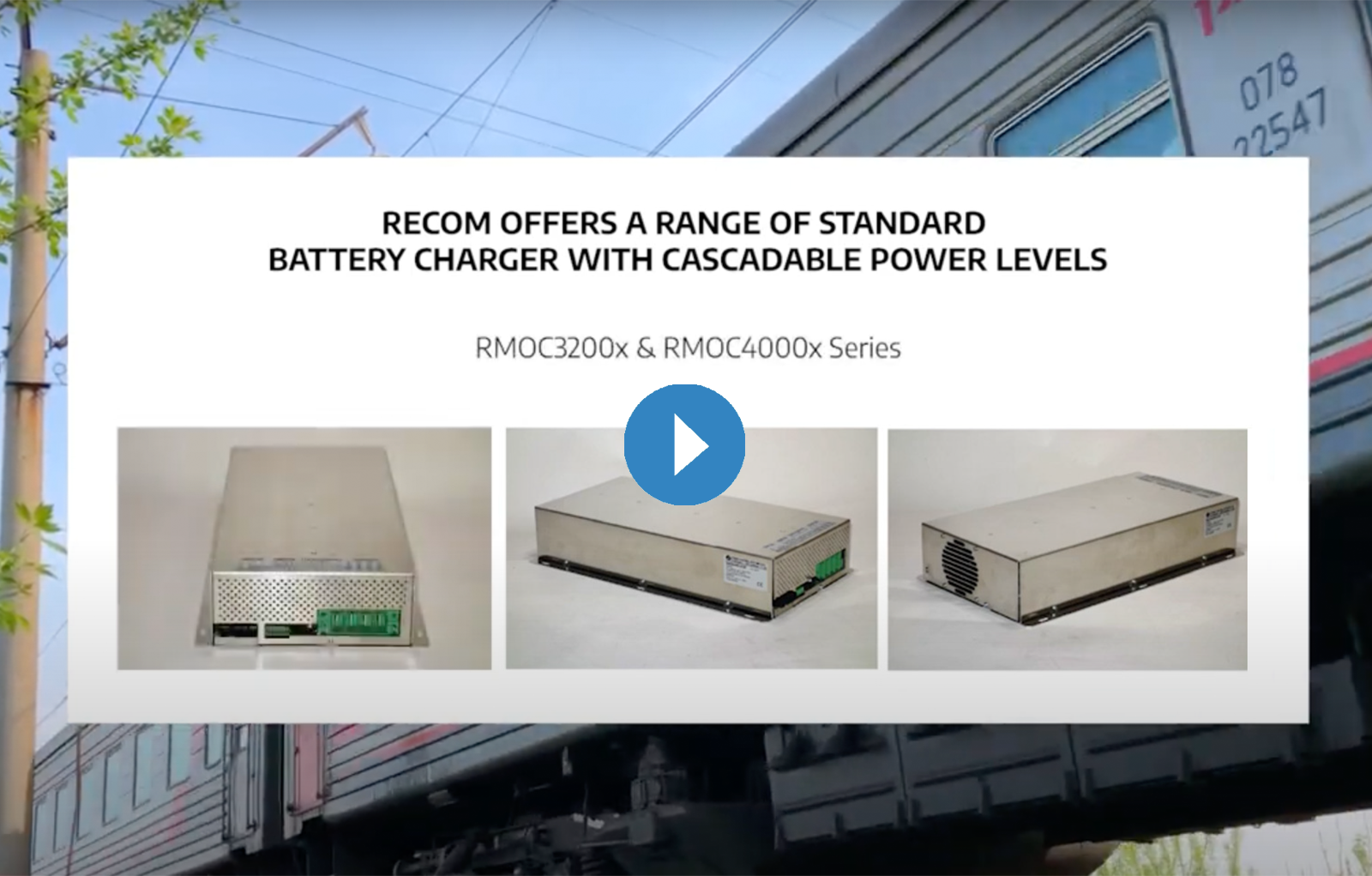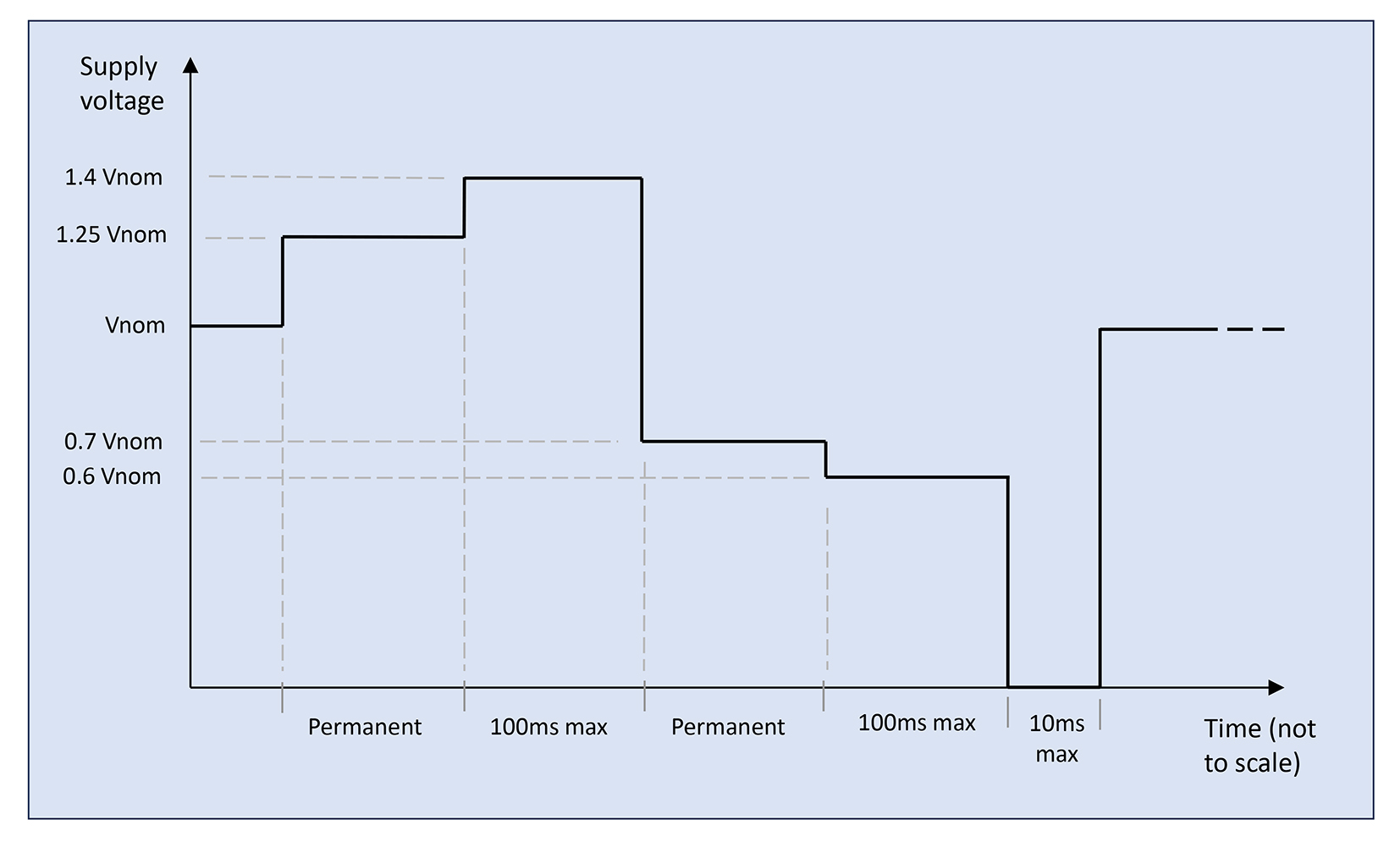Of all the environments for electronic equipment, mobile ones are perhaps the most
severe. But it is a growing market across all sectors, from railways to materials
handling equipment, EVs to e-scooters, and much more. In rail rolling stock applications
particularly, automation is being increasingly incorporated for safety and efficiency
savings, along with convenience features such as data connectivity and intelligent
signage. All of this must operate reliably in the typical rail environment of high
pollution, shock, and vibration with power most often from the traditional DC rail
of 110 VDC nominal, with some global variations down to 24 VDC.
The standard that
typically applies is EN 50155, currently version July 2021, which defines the electrical
and physical environment and technical construction features, reliability, maintenance,
service life, documentation, and testing.
Rail supply voltages vary widely
As well as meeting environmental, isolation, and EMC specifications, the power supply modules
that convert the DC supply to a clean rail for the sensitive electronics must cope with
wide variations in input voltage, which also has superimposed surges, dips, and drop-outs.
Figure 1 shows the levels defined in EN 50155 for no impact on performance.



